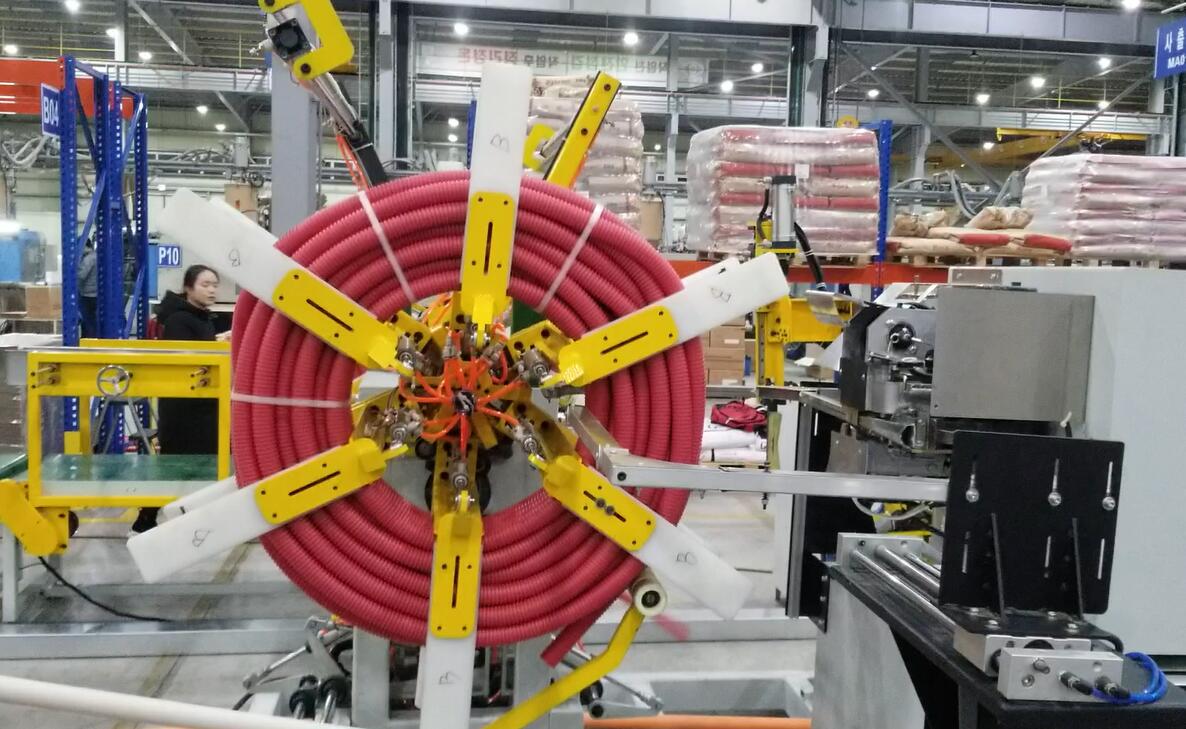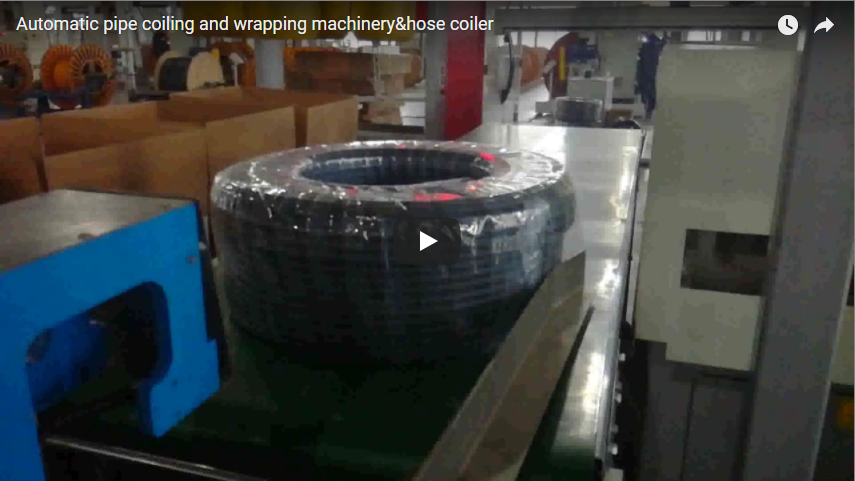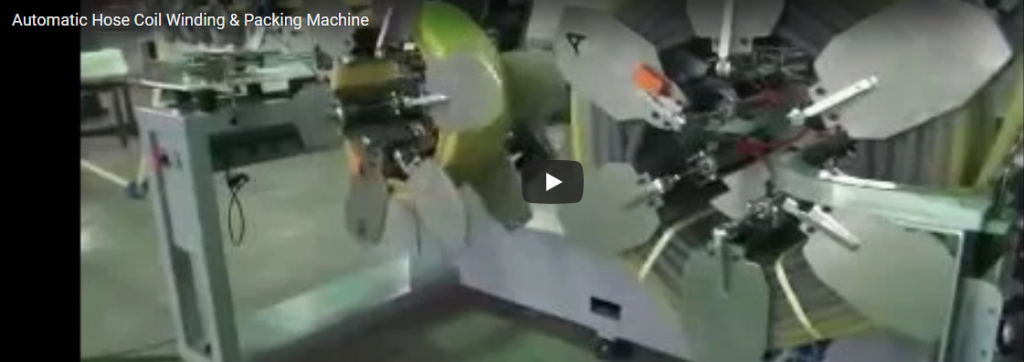Revolutionizing Cable Management: The Efficiency and Precision of Automated Coiling and Strapping Systems
The Challenge of Modern Cable Packaging
In the demanding landscape of the wire and cable industry, efficient and secure product handling is paramount. Ensuring the integrity of cables during storage and transit directly impacts operational costs and customer satisfaction. Traditional manual or semi-automated methods often fall short, leading to inconsistencies, potential product damage, and bottlenecks in production flow. The need for advanced automation that combines speed, precision, and robust packaging is more critical than ever.
Core Technology: Automated Coiling and Strapping
The automated cable coiling and strapping machine represents a significant technological leap forward in addressing these challenges. This integrated system is engineered not merely to coil wire and cable but to do so with high precision and subsequently secure the coil using multiple straps, optimizing the entire end-of-line packaging process.
Drawing upon principles outlined in material handling research and leveraging designs akin to those detailed in packaging automation patents (e.g., concepts related to automated tensioning and indexing mechanisms), these machines offer:
- High-Speed Operation: Capable of achieving cycle times significantly lower than manual methods, drastically increasing throughput. Precise figures vary by model and cable type, but modern systems often target coil processing times measured in seconds rather than minutes.
- Precision Coiling: Utilizes advanced servo controls and sensors to ensure consistent coil dimensions (diameter, width, traverse winding patterns) according to pre-programmed specifications, crucial for downstream processes and customer requirements.
- Automated Tension Control: Sophisticated strapping heads maintain optimal, adjustable strap tension (often utilizing PP or PET strapping material), ensuring coil integrity without damaging sensitive cable insulation. Tension consistency is a key factor highlighted in packaging integrity studies for preventing load shifting.
- PLC Control and HMI Interface: Typically governed by Programmable Logic Controllers (PLCs) with user-friendly Human-Machine Interfaces (HMIs) for easy setup, parameter adjustment (coil dimensions, strap number/positions, tension), recipe storage, and diagnostics.
The Advantage of Triple Strapping
A key feature enhancing the system's value proposition is its capability to apply three straps per coil. While single or double strapping suffices for some applications, triple strapping offers distinct advantages, particularly noted in logistics and handling analyses:
- Enhanced Stability: Provides superior circumferential containment, significantly reducing the risk of coil collapse or 'telescoping' during handling and stacking.
- Improved Load Security: Distributes holding forces more evenly, crucial for securing heavier or larger diameter coils, especially during dynamic conditions encountered in transportation.
- Reduced Product Damage: Minimizes potential for cable kinking or deformation that can occur with loosely secured coils, thereby protecting product quality and reducing scrap or return rates.
- Compliance with Standards: Meets potentially stricter packaging requirements imposed by certain industries or end-users for robust unitization.
System Specifications and Operational Parameters

While specific models vary, typical operational parameters often include:
- Cable Diameter Range: Accommodates a wide spectrum of cable sizes.
- Coil Dimensions: Adjustable settings for inner diameter, outer diameter, and coil width.
- Strapping Material: Compatibility with standard Polypropylene (PP) or Polyester (PET) strapping.
- Strapping Positions: Programmable strap placement, including the standard three-strap configuration (often at 120-degree intervals or other user-defined positions).
- Cycle Time: Optimized for high throughput, often configurable based on coil size and strapping requirements.
- Integration Potential: Designed for seamless integration into existing production lines, often linking with extruders, payoffs, accumulation systems, and palletizing robots.
Reliability, Maintenance, and ROI
Built for industrial environments, these machines prioritize durability and ease of maintenance. Features often include:
- Robust Construction: Heavy-duty framework and high-quality components ensure longevity and withstand continuous operation.
- Modular Design: Facilitates easier troubleshooting and component replacement, minimizing downtime.
- Accessibility: Thoughtful design allows convenient access for routine cleaning, lubrication, and preventative maintenance checks.
The implementation of an automated coiling and triple-strapping system delivers a compelling Return on Investment (ROI) through reduced labor costs, increased packaging speed, consistent quality, minimized product damage, and enhanced operational safety. As documented in manufacturing efficiency reports, automation in end-of-line packaging is a key driver for competitive advantage in the modern cable industry.
In summary, the automated cable coiling machine with triple-strapping capability is a sophisticated solution engineered for efficiency, reliability, and superior product protection, addressing the core needs of contemporary wire and cable manufacturers seeking to optimize their packaging operations.






